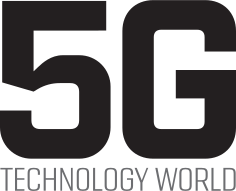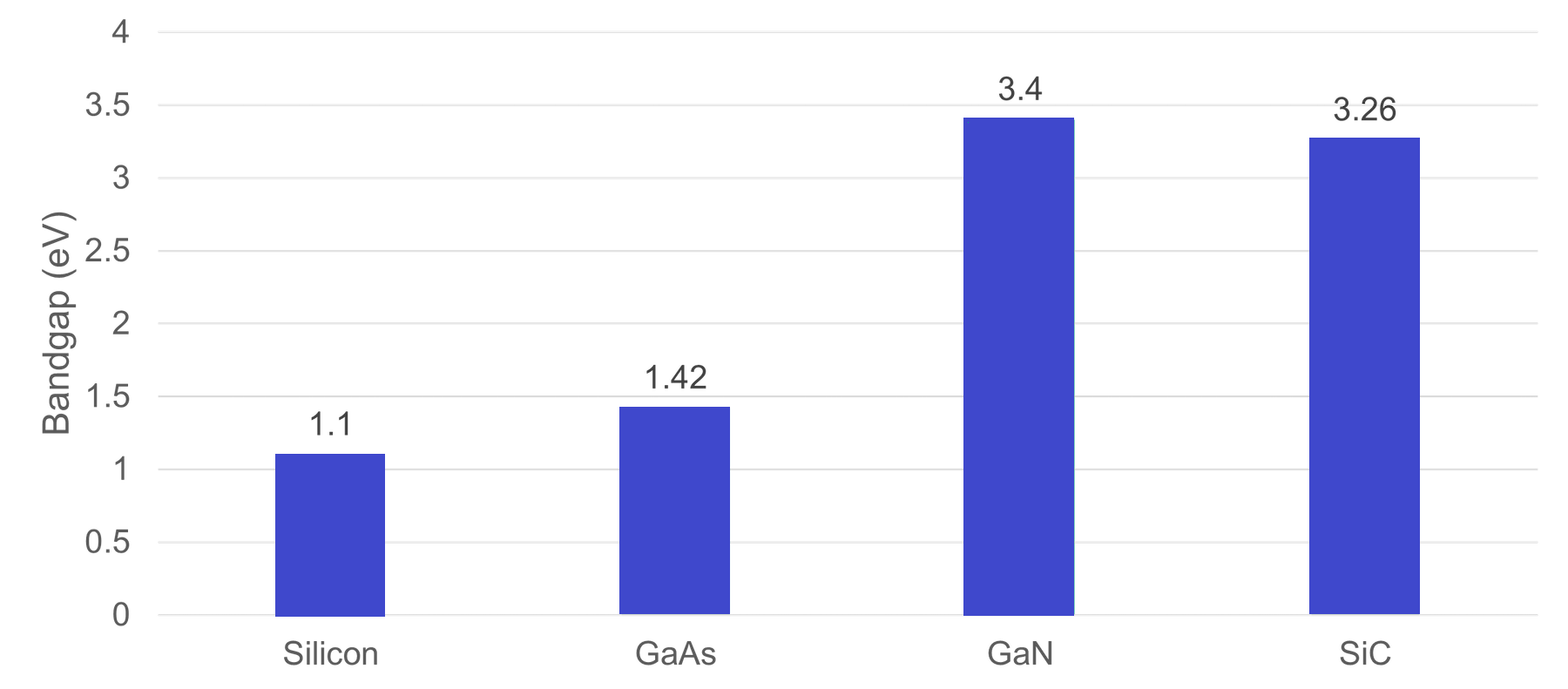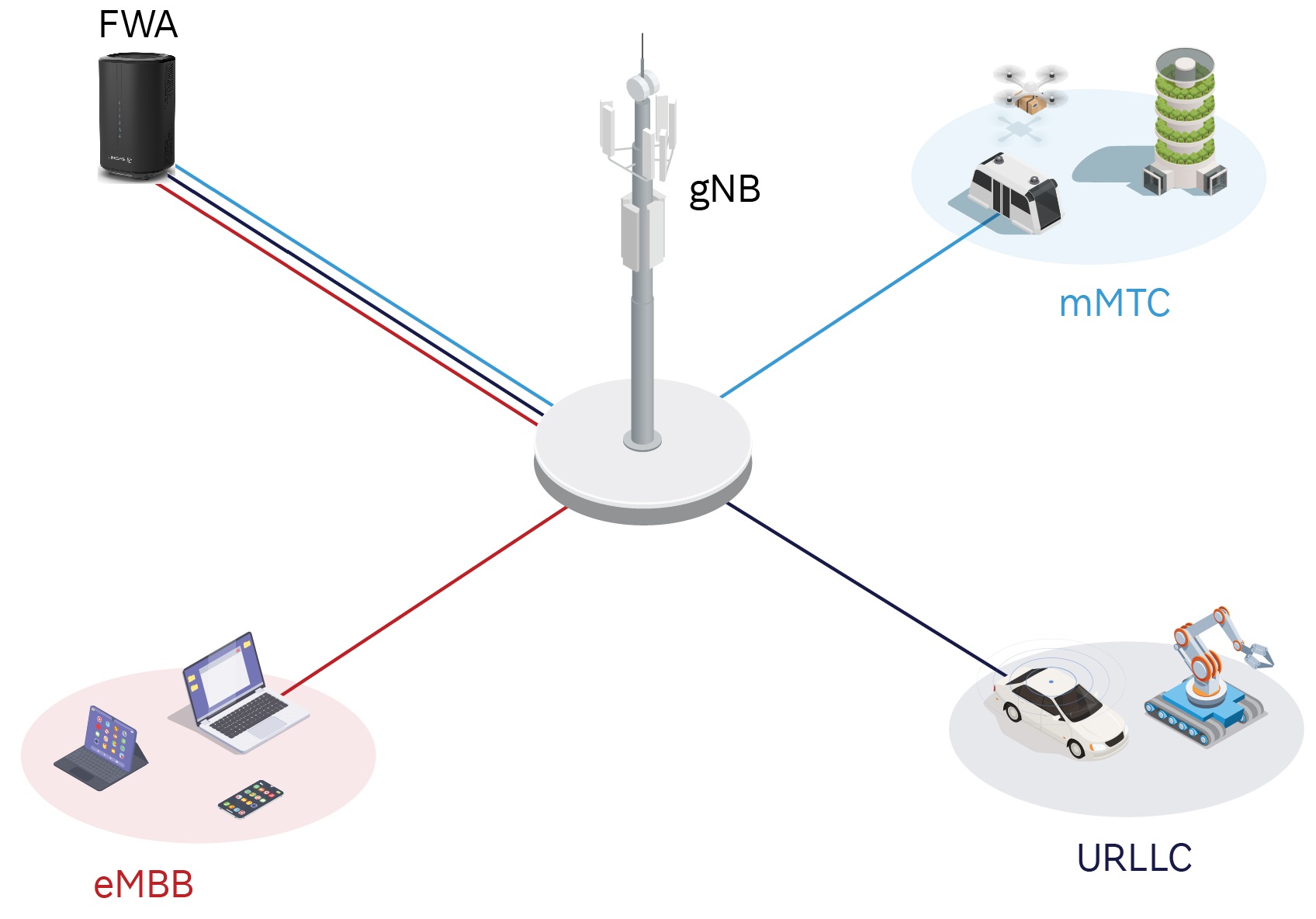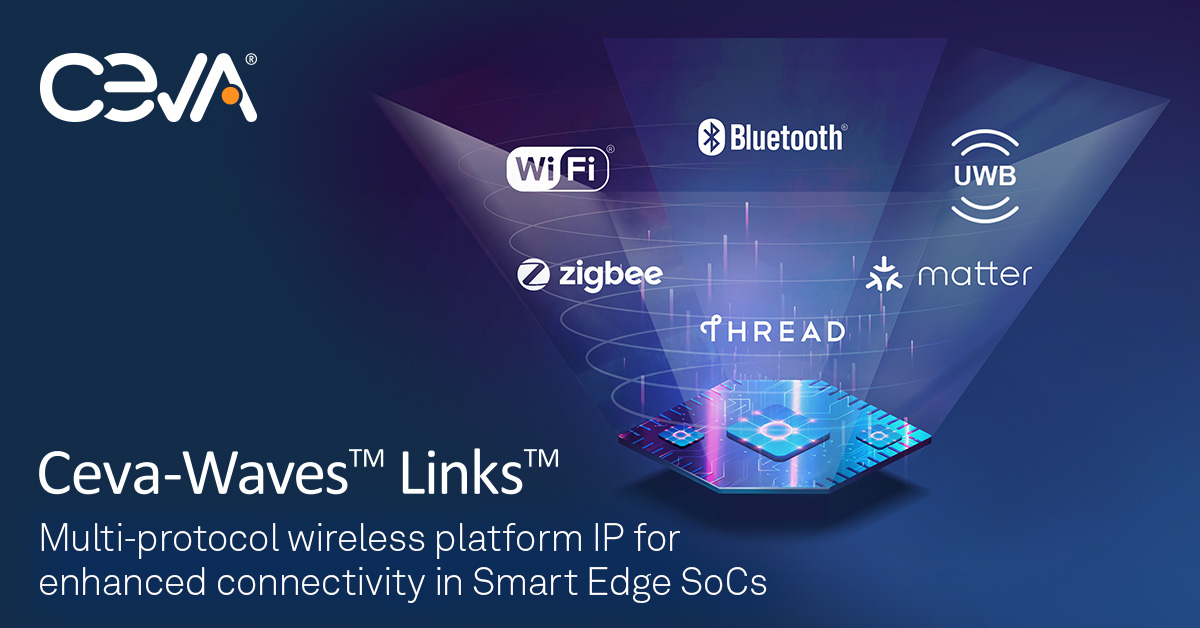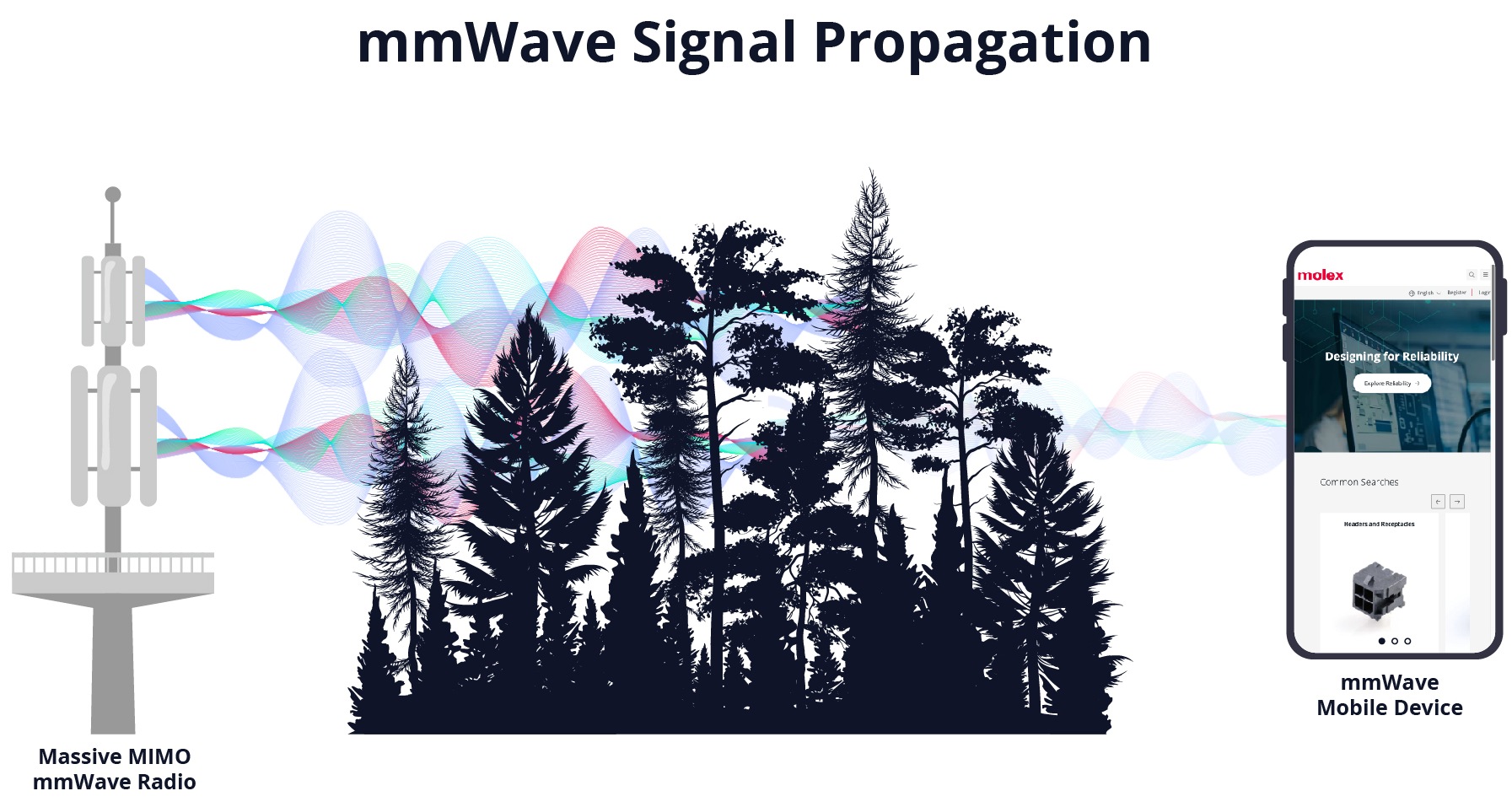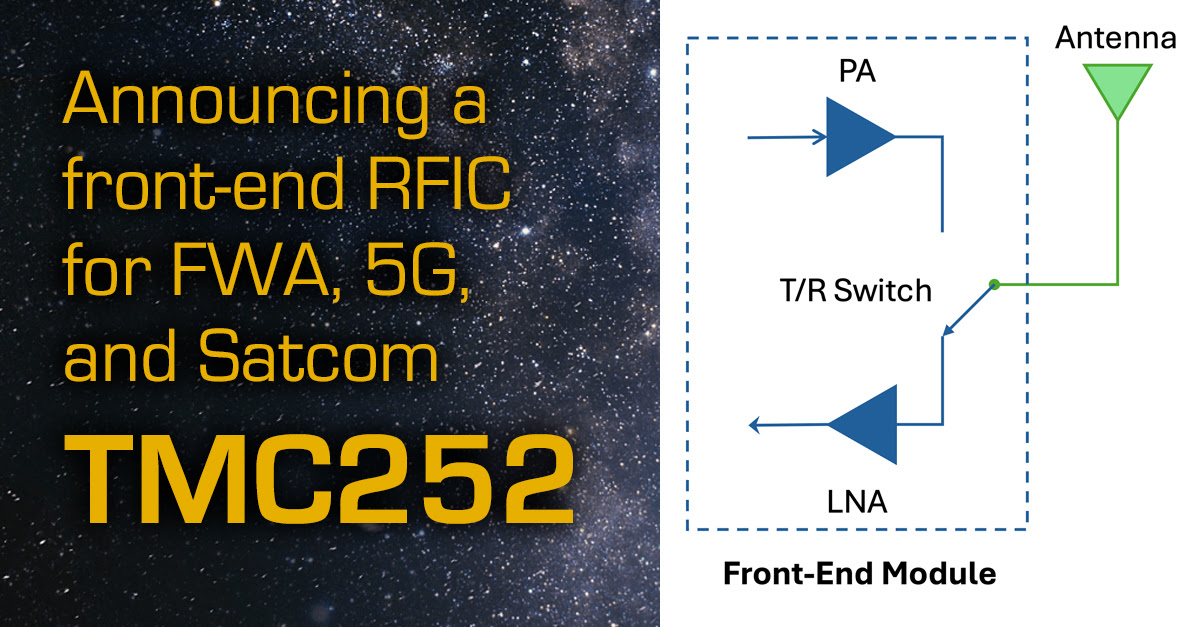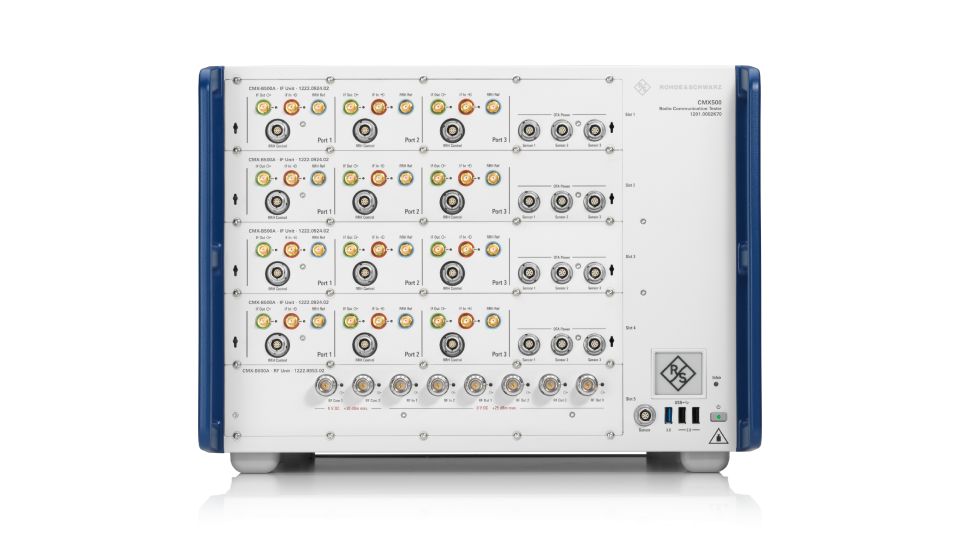Proper PA development, validation, and characterization are important because a PA often accounts for a significant portion of a transmitting device’s power consumption.
5G software stack runs on small cell PHY SoC
Integrate a 5G Open RAN L1-L3 software stack into a small-cell design.
How do 5G eMBB and FWA data services compare?
Fixed-wireless access is a special use case of enhanced mobile broadband, one of the three use cases specified for 5G. FWA brings different challenges for deployment than eMBB.
IP adds Wi-Fi, Bluetooth, UWB, or Zigbee/Matter to IoT semiconductors
Ceva, Inc. launched Ceva-Waves Links, a new family of multi-protocol wireless platform IPs. The integrated offering supports the latest wireless standards to address the surging demand for connectivity-rich chips targeting Smart Edge devices in the consumer IoT, Industrial, automotive, and personal computing markets. These industry-leading IPs include Wi-Fi, Bluetooth, Ultra-Wideband (UWB), and IEEE 802.15.4 (for Thread /…
Antennas bring 5G, GNSS to IoT devices
Quectel Wireless Solutions has made further additions to its comprehensive range of antennas for IoT devices and deployments. The latest launches include the YEMN016AA and YEMN017AA 5G 5-in-1 combination antennas, the YECN001J1A and YECT000WBA external 5G antennas, and the YEGB000Q1A and YEGN000Q1A active GNSS L1 and L5 antennas. The YEMN016AA is a 5G and global navigation satellite systems (GNSS) 5-in-1 antenna measuring 204.4mm x 86.7mm x…
mmWaves bring interconnect challenges to 5G and 6G
Signals in the mmWave range require extra care and more expensive components than at sub-6 GHz frequencies.
Front-end mmWave IC combines PA, LNA, and switch
mmTron announced its first single-chip front-end IC for mmWave communications. Covering 24 to 30 GHz, the TMC252 integrates a power amplifier (PA), low noise amplifier (LNA), and transmit-receive switch on a single GaN IC that is available as a die or packaged in a 5 mm x 5 mm air-cavity QFN. The TMC252 is well-suited…
Build a 5G Open RAN test lab with open-source software tools
Open-source software provides network components that you can use to simulate 5G network functions from the network core to the radio. Developing and deploying a laboratory infrastructure to support testing 5G and open radio-access network (Open RAN) systems can present a daunting and complex task. Prior to Open RAN, this task was only possible by…
Flexible PTP profiles ease the transition to 5G
5G brought architecture changes that require synchronization. Depending on the location and network site, those timing requirements require different PTP profiles and PTP capacity.
Small footprint 3GPP 5G conformance test systems perform RF and radio-resource tests
Rohde & Schwarz has developed two additions for its R&S TS8980 family: the R&S TS8980S-4A and the R&S TS8980FTA-3A.
